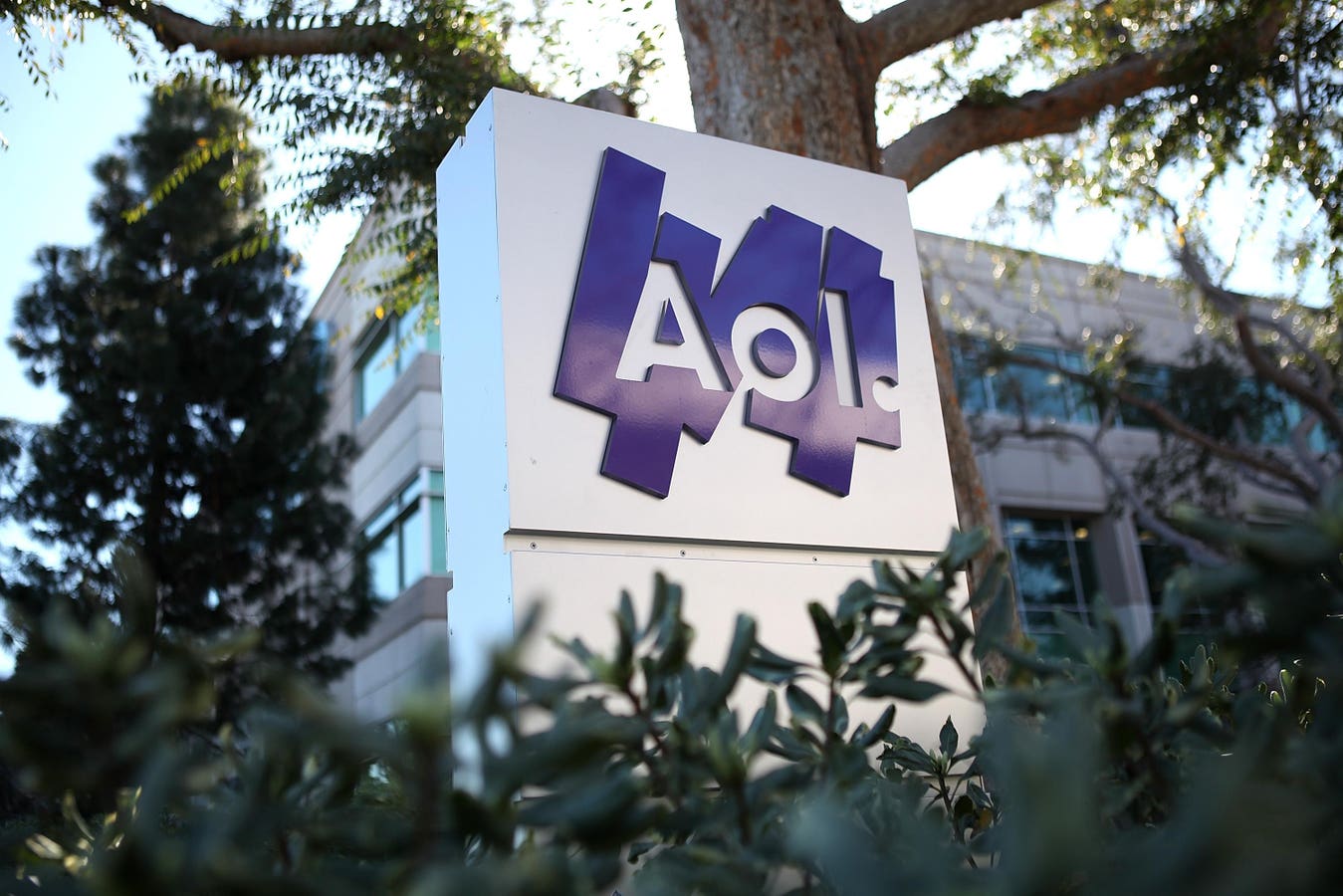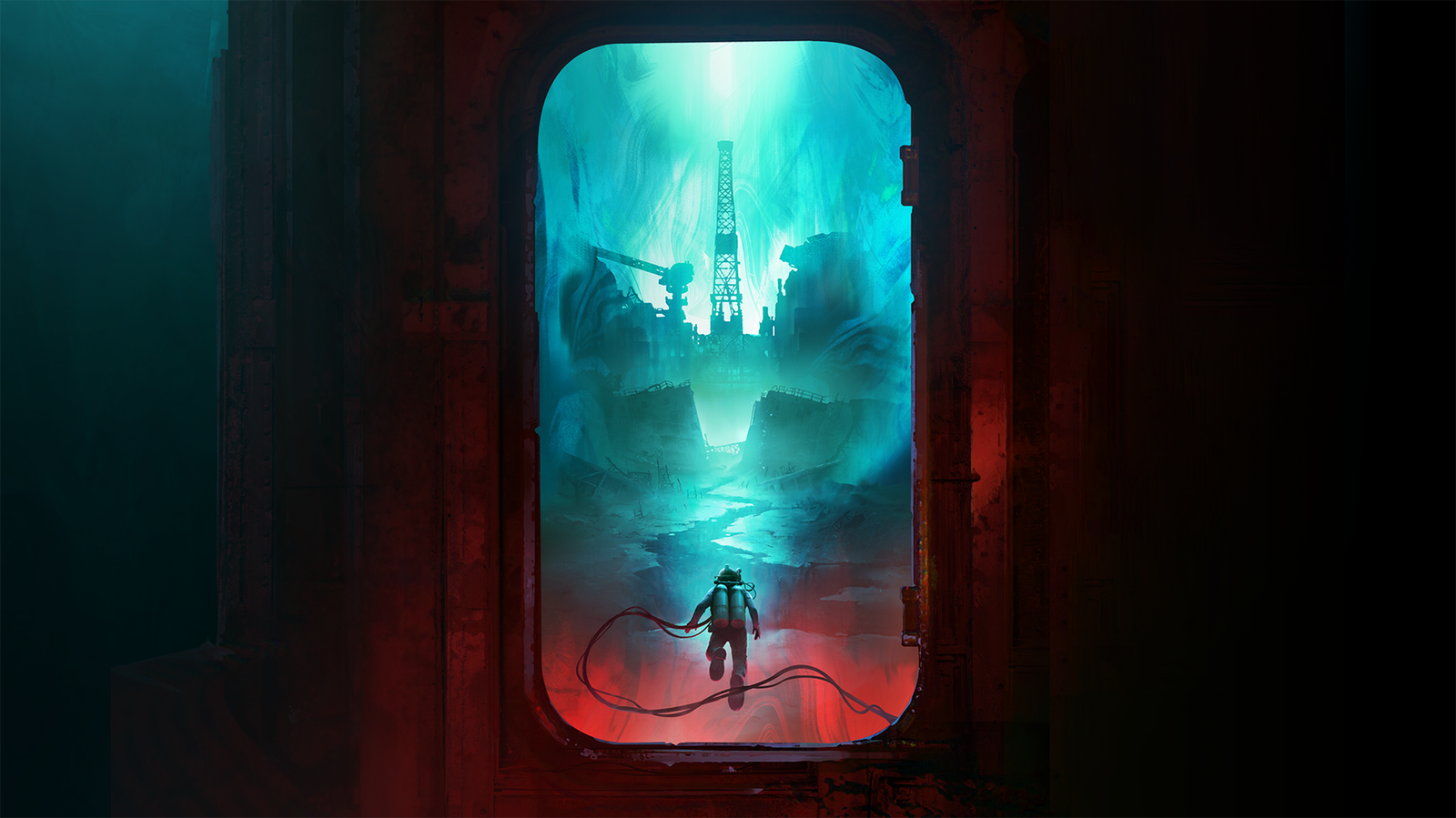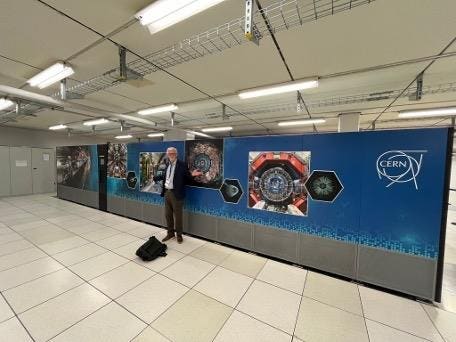The iconic beeps and tones of AOL’s dialup connections will cease as of September 30.
Getty Images
AOL is shutting down the dial-up internet service that once was the symbol of internet connectivity after more than 30 years. A company webpage posted Friday titled “Dial-up Internet to be discontinued” said after a routine evaluation of its products and services, it decided to end the service on Sept. 30.
Back in the early 1990s, AOL had become synonymous with the internet itself. Its iconic “You’ve got mail” greeting represented more than just new messages — it symbolized a new era of connection for everyday people. At its peak, AOL’s subscriber base soared into the tens of millions, each discovering the transformative power of email, instant messaging and online communities.
AOL’s walled-garden approach gave users curated access, making technology approachable while at the same time sowing the seeds for the inevitable rise of open platforms.
A Brief History of AOL
One of the most exclusive and influential gatherings in the 1980s tech world was a conference simply called Agenda. It wasn’t just another industry event; it was where the brightest minds and most prominent players in the PC revolution came together to shape the future.
Year after year, tech visionaries like a young Bill Gates, Lotus founder Mitch Kapor, top brass from IBM and virtually every major force driving the personal computer boom would converge to share bold ideas and chart the path for the year ahead.
As a leading PC industry analyst at the time, I was fortunate to be invited into this inner circle — an experience that gave me a front-row seat to history in the making and lasting relationships with the people who were defining it. A decade later, in 1995, I found myself not just in the audience but on stage, presenting my vision for a “smart refrigerator” — a glimpse into the connected future that, at the time, sounded like science fiction.
One Agenda attendee who aspired to be a leader in the PC industry was Steve Case. This timeframe was pre-internet and pre-social media, and he had a vision of creating a service that would connect people through email and broadly focused message boards. His company was America Online, or AOL.
I remember well my first meeting with Case, where he laid out this vision and painted a picture of one-to-one communications around themes, personal interests and so on. At the time, we already had what were called message boards, but they were primarily focused on tech topics and populated by techies. But Case’s vision was aimed at people of all ages and interests around the world.
Many of us who heard his vision were skeptical at first, but each year he would come back and share his progress, which at first was marginal growth. But by the late 1980s, AOL had emerged as a major communication platform for the masses.
I remember being in a small group that included Gates, who probed Case on his early success and wanted him to share his roadmap.
To Case’s credit, his vision and leadership played a crucial role in the digital revolution. AOL stands as an essential catalyst — one that connected millions to the promise of cyberspace at a time when the internet was mysterious, slow and far from ubiquitous. AOL emerged in the 1980s as a dial-up service provider, initially targeting early PC users and leveraging its accessible interface to demystify online communication.
What set AOL apart, and why it merits careful study, is the way it drove technology adoption cycles — a principle championed by analysts like me. AOL’s growth reflected broader shifts in consumer attitudes, as we moved from isolation to hyper-connectivity. It was a crucial bridge between the walled software ecosystems of the early PC era and the radically open, decentralized web that followed.
As broadband replaced dial-up and new competitors emerged, AOL faded, but its early impact on redefining the consumer’s relationship with technology endures.
By 1995, after Netscape introduced its web browser, it began to effect AOL’s future. Also, as more powerful telecom connections evolved, the need for dial-up began to fade.
AOL merged with Time Warner in 2000 at the height of the internet bubble. The failure of the merger caused Time Warner to spin out AOL in 2009. In 2015, Verizon purchased AOL for $4.4 billion. At the time, AOL still had 2.1 million dial-up customers, according to CNBC.
In the grand arc of the tech industry, AOL’s story is a testament to how visionary thinking — and an emphasis on user experience — can mainstream technological change. The platform may be remembered for its fall, but we should never overlook its role in shaping the way the world communicates, learns and connects.









